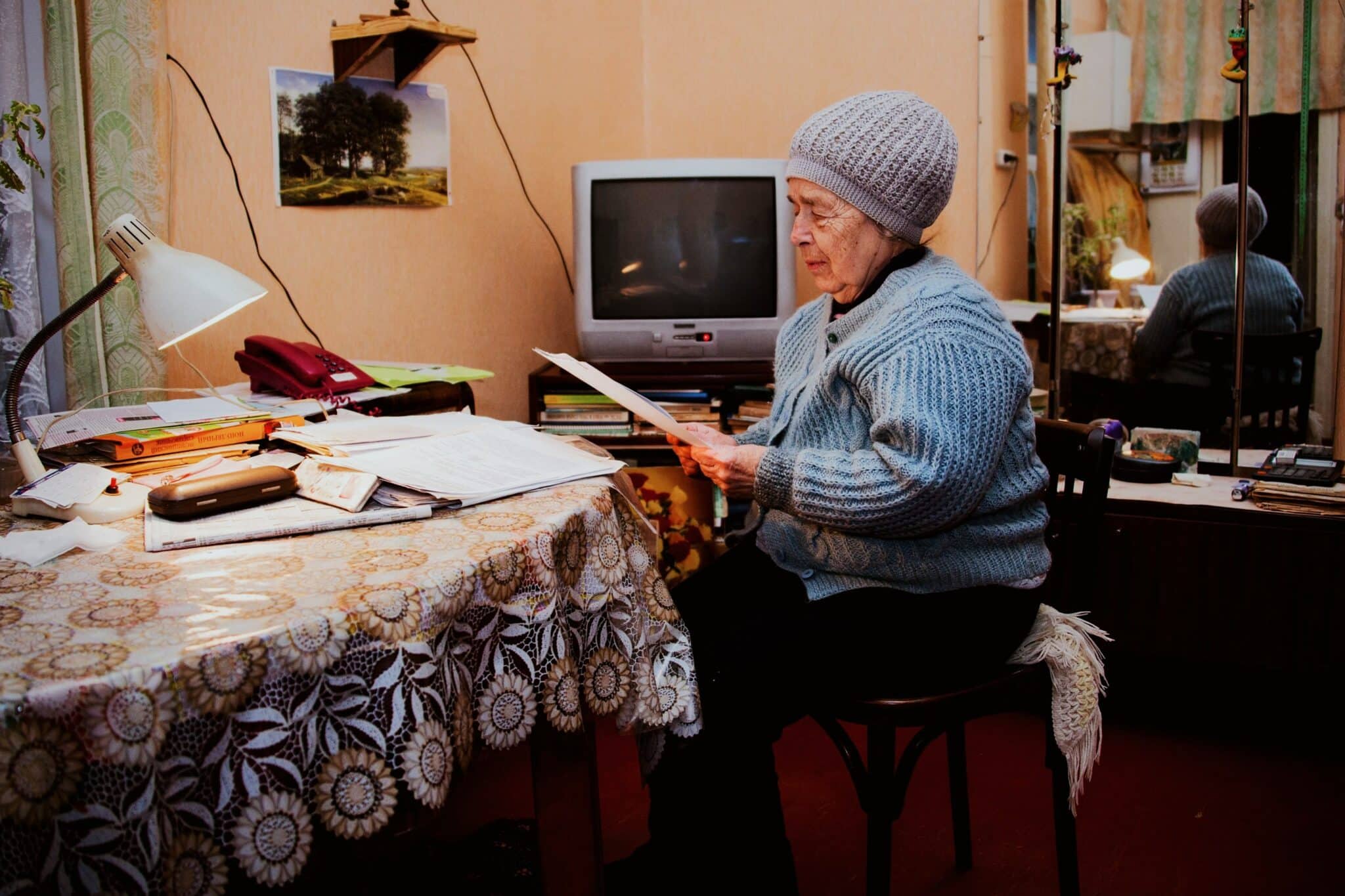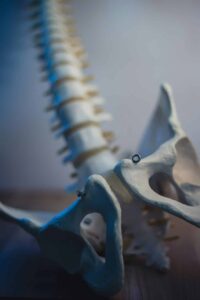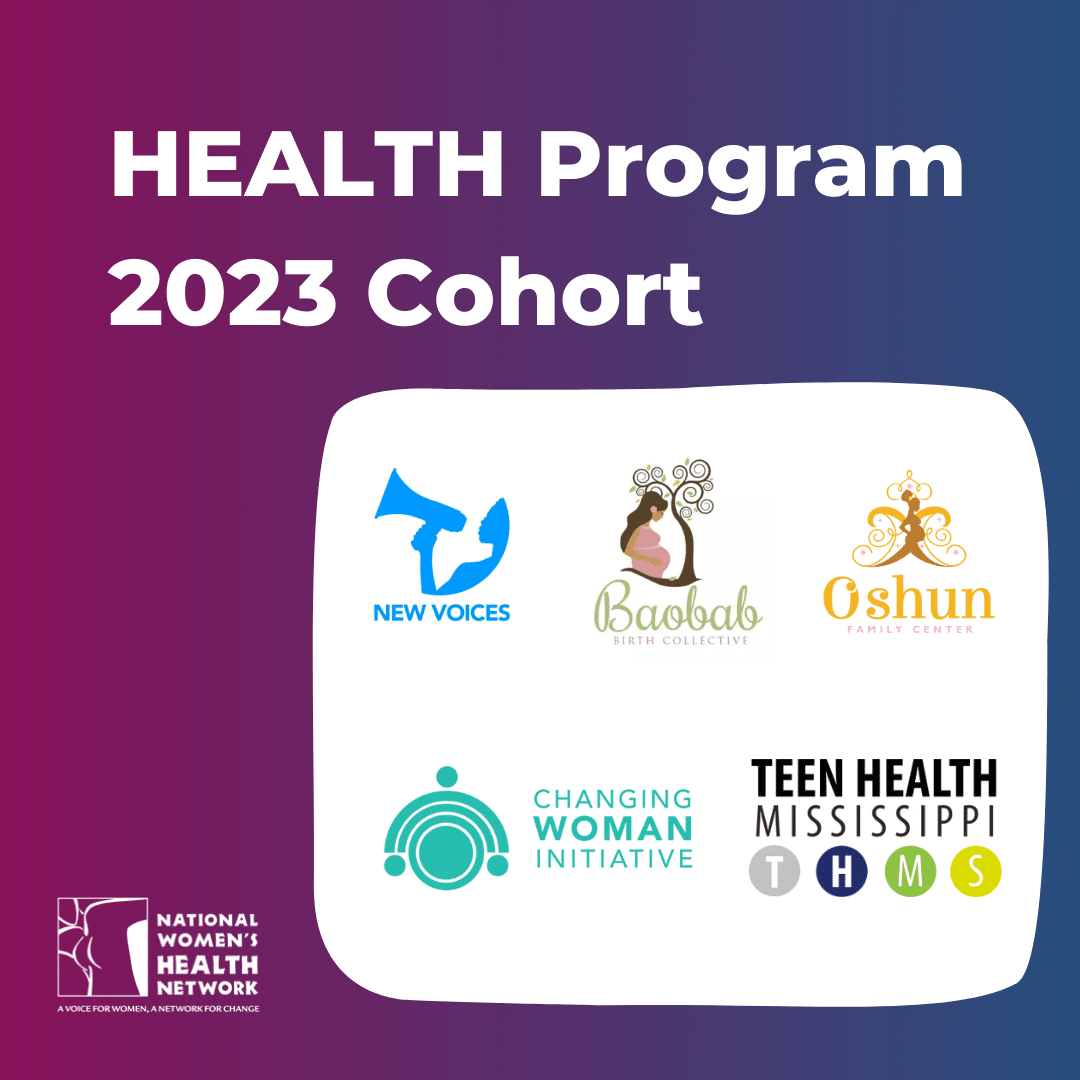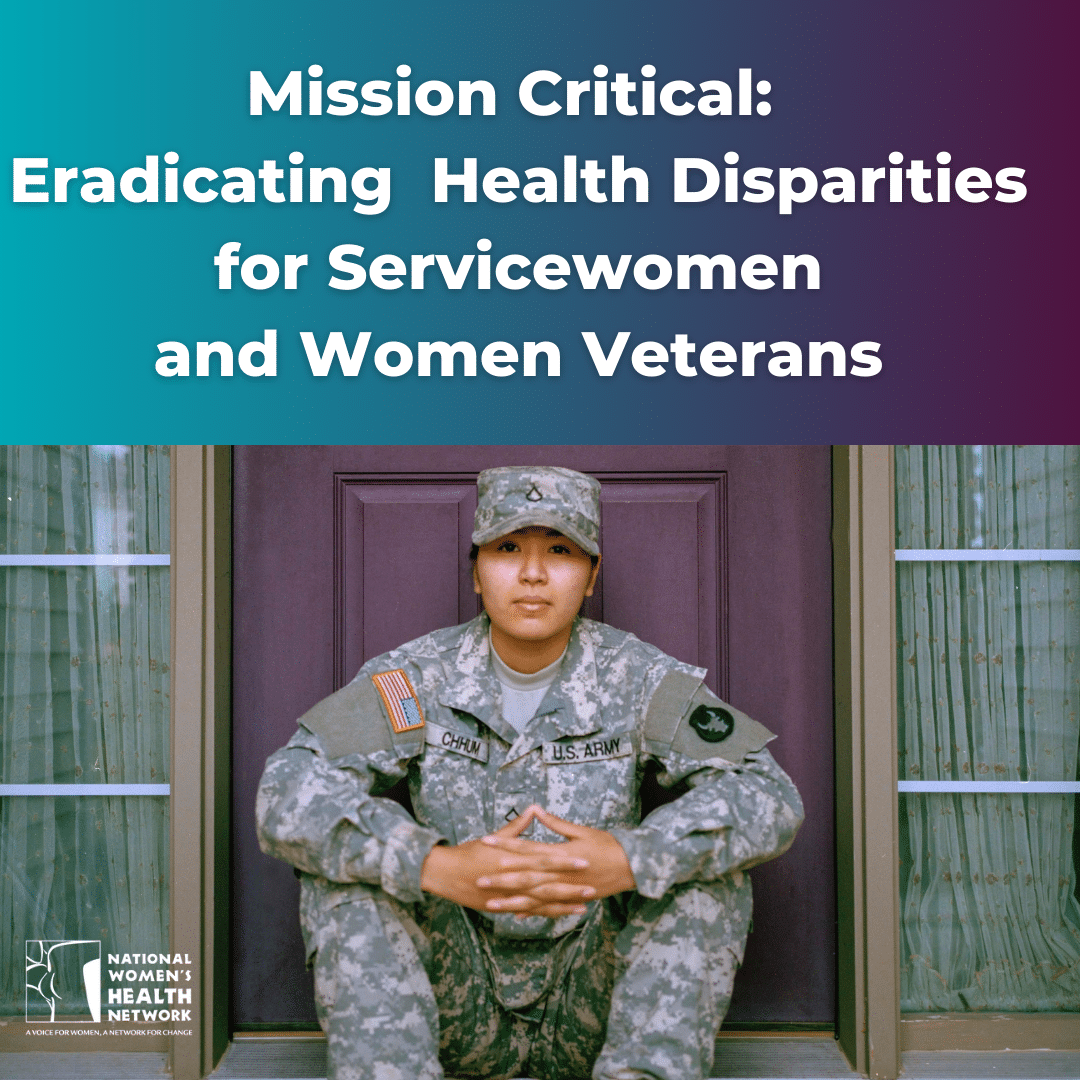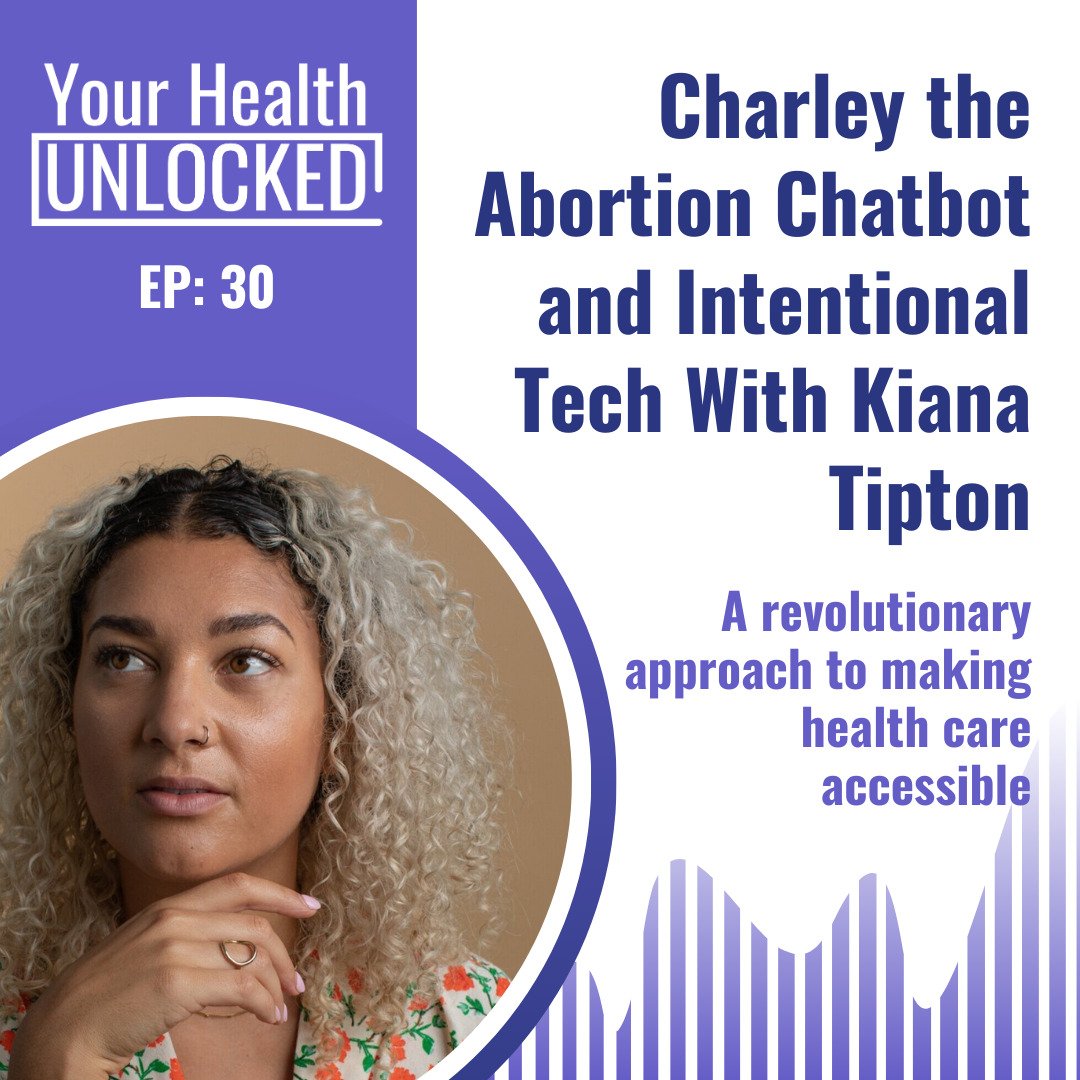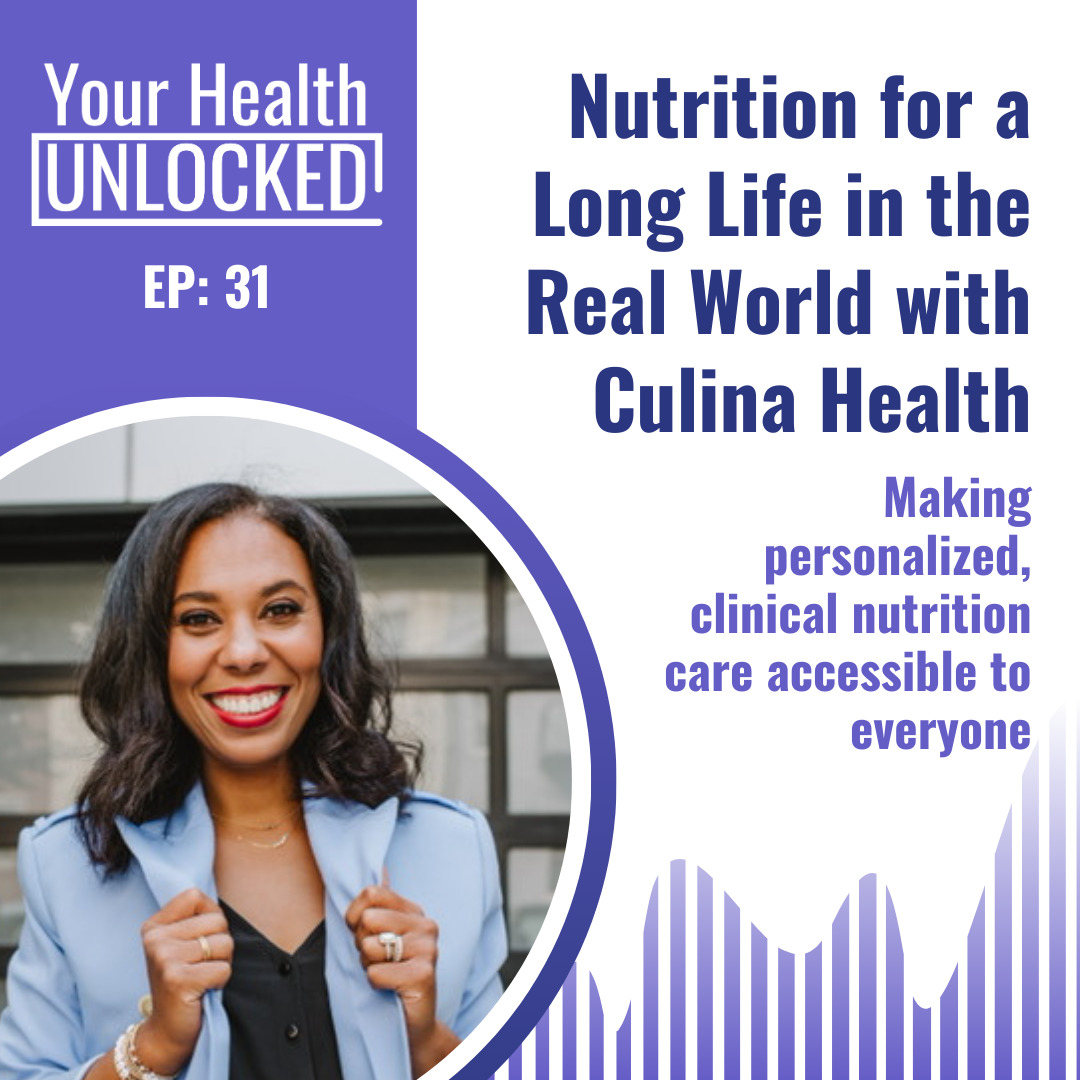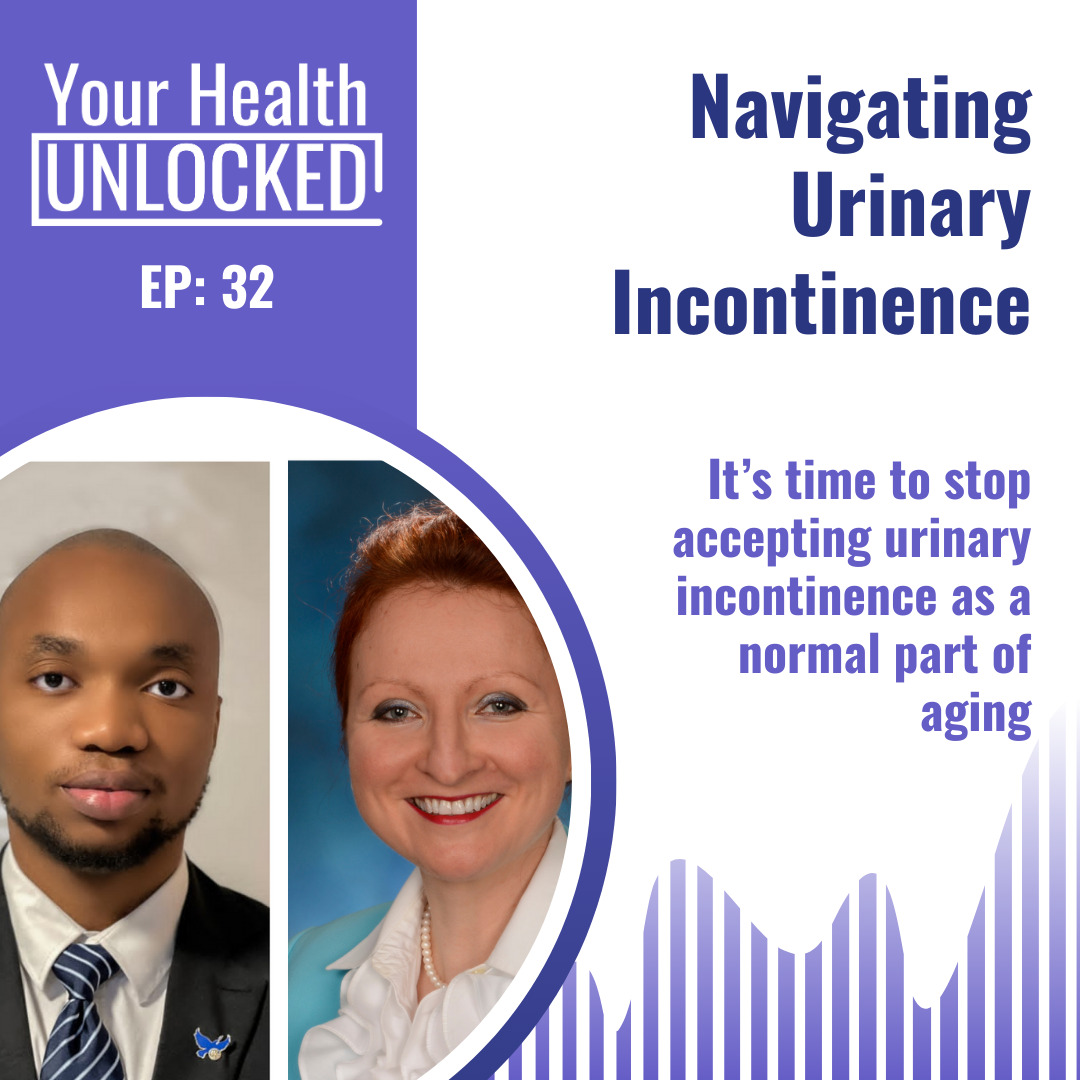Risks for Other Health Problems [1]
- Obesity affects 50-80% of women with PCOS. Depending on ethnicity and population, the risk of obesity is four times higher compared to women without PCOS
- Diabetes Mellitus
- Insulin Resistance
- High Cholesterol
- Heart Disease
- Infertility
- Sleep Apnea
- Depression and Anxiety
- Endometrial Cancer
Treatment
While there may not be a cure for PCOS, there are ways to manage many of the symptoms with some small and some big changes. The most important step is to take control of your controllables, and work on your barriers [6].
See a Pelvic Floor Physical Therapist
For this article, I interviewed Dr. Megan Kranenburg, PT, DPT, Board-Certified Clinical Specialist in Women’s Health Physical Therapy. She is a pelvic floor physical therapist and fierce women’s health advocate that treated my pelvic pain after having an ovarian cyst surgically removed.
As Dr. Kranenburg likes to put it, “what we’re dealing with here is sticky tissues.” She explains that for any chronic pelvic pain condition, like PCOS, endometriosis, irritable bowel syndrome, or adenomyosis, there is a cycle of injury that your body isn’t able to heal. When you have a monthly cycle of cyst development and possible rupture, the body sends out the big guns of your immune system, macrophages to clean up the tissue and histamines to support your white blood cells. An added challenge is that from experiencing this pain over and over, your nervous system builds up a fight or flight reaction that releases cortisol, your stress hormones. Cortisol works against your immune system and causes a snowball effect of pain, adhesions, and tight muscles in the pelvic region of the body.
It is important to review pelvic anatomy. In your pelvic cavity you don’t just have ovaries and a uterus. There is a lasagna of tissues and organs layered in your pelvic cavity. You have your bladder, your small and large intestine, rectum, bones, ligaments, large arteries and veins, and large muscles, like the psoas muscle, which runs along the front of your spine and has nerves coming from your spine that go down your leg. When you have a chronic pelvic condition that causes pain or makes you tired and not want to move, all of these different body systems are affected.
If you’ve ever had a painful period, ovarian cyst, or chronic pelvic pain, you probably know how your day looks. Curled in a ball, with a heating pad, blanket, ibuprofen, and TV. There might be chocolate thrown in too.
What happens when you curl into that ball, especially if you are in that position most of the time from chronic pain, is those muscles and the tissue that surrounds and connects your muscles and organs, called fascia, gets tight. Having tight tissue is not good. The tight tissue pulls on other tissues, organs, and nerves when you move, causing pain. Sometimes the tissue is so tight you have constant pain. Because the tissues and muscles get tight, it also blocks circulation and drainage of fluid from below your pelvis, which could be causing swelling in your ankles, or even vulvar congestion.
So, when Dr. Kranenburg sees clients with PCOS, pelvic pain, or a woman who is pregnant or just had a baby, what she focuses on as a PT, is how to address and treat your barriers.
If your barrier is pain, she will break up some of those sticky tissues with manual therapy, where she gently massages around where it hurts to encourage movement of your fascia and organs. She also recommends trying a TENS Unit which can help distract your brain from pain and allow you to get your dishes done. You could lay on a small ball to encourage the muscle and tissue to gently release, try cupping, or psoas and hip flexors stretches.




